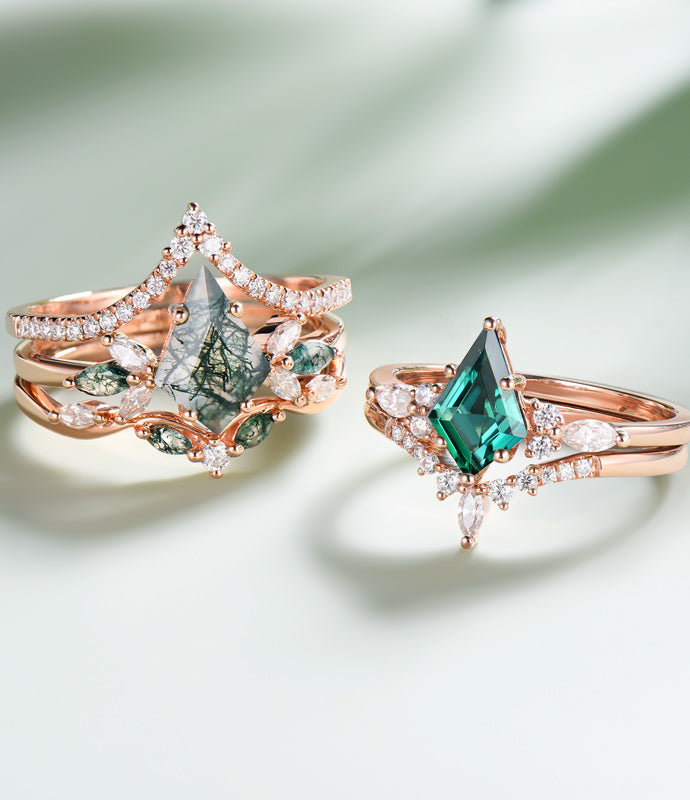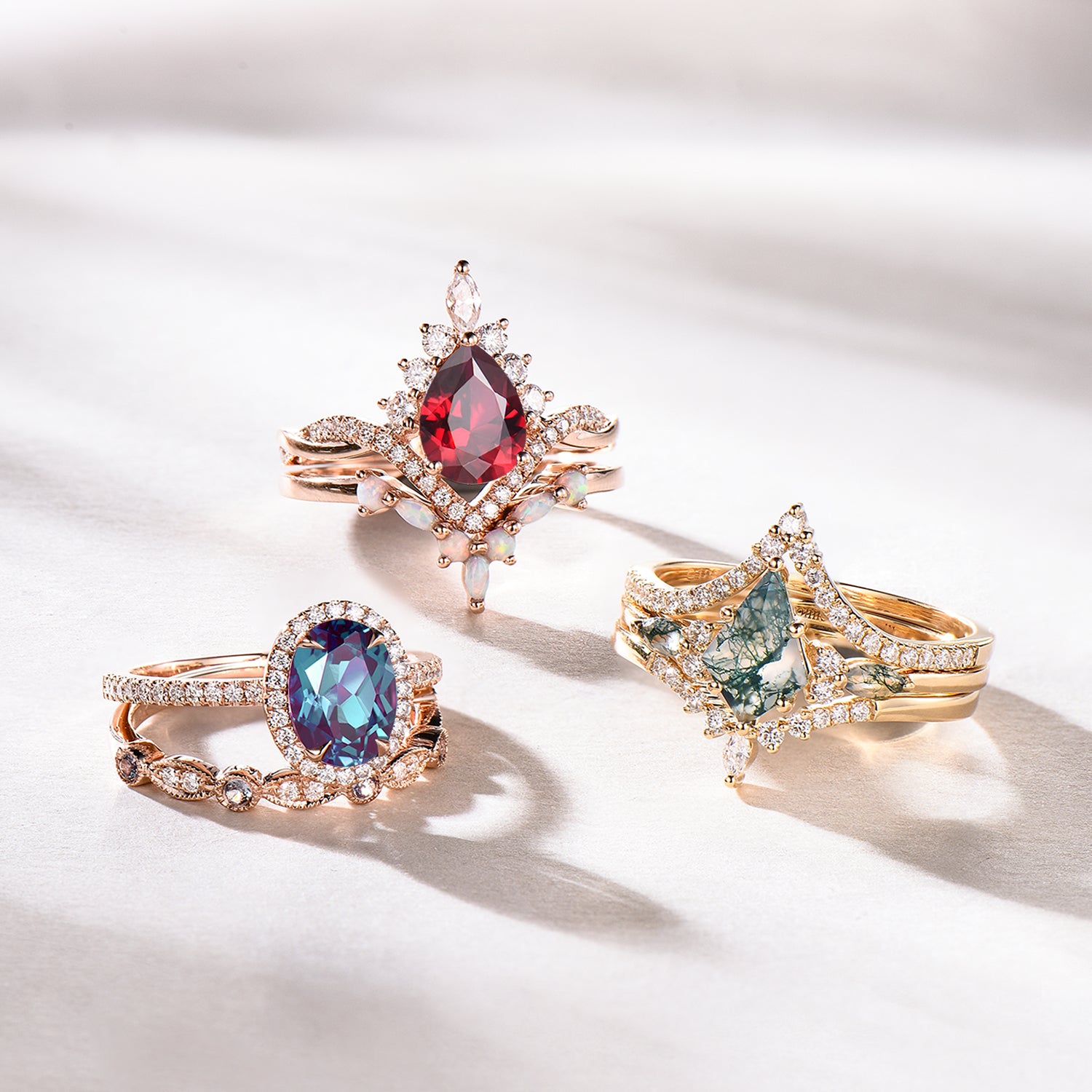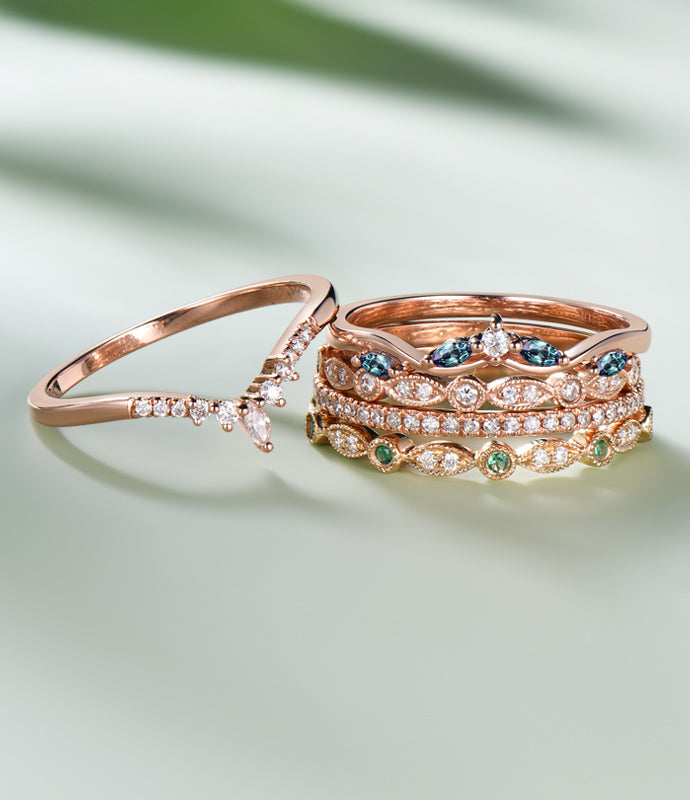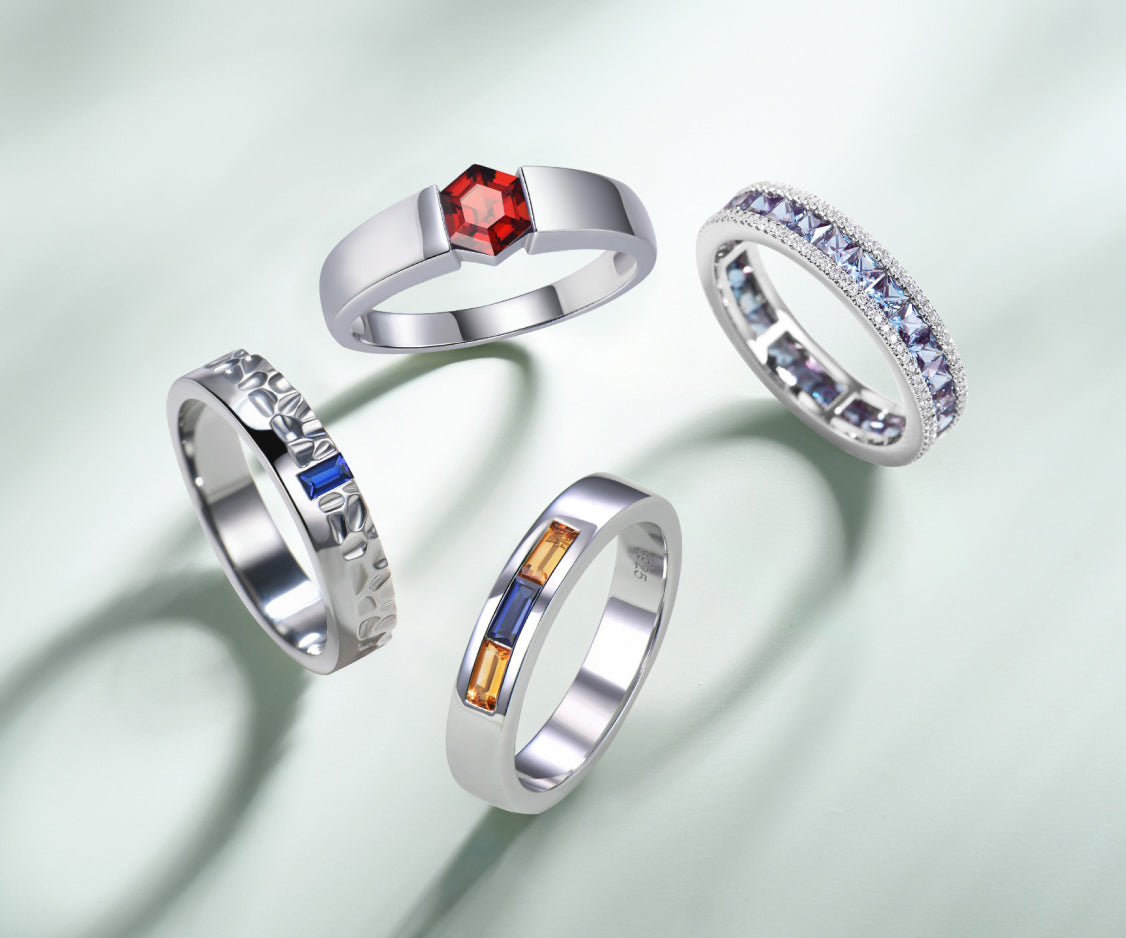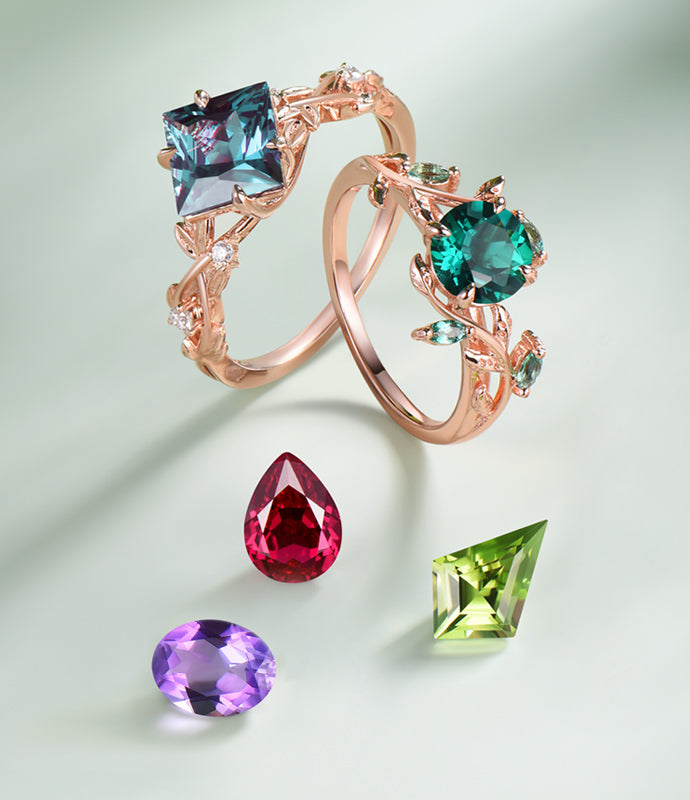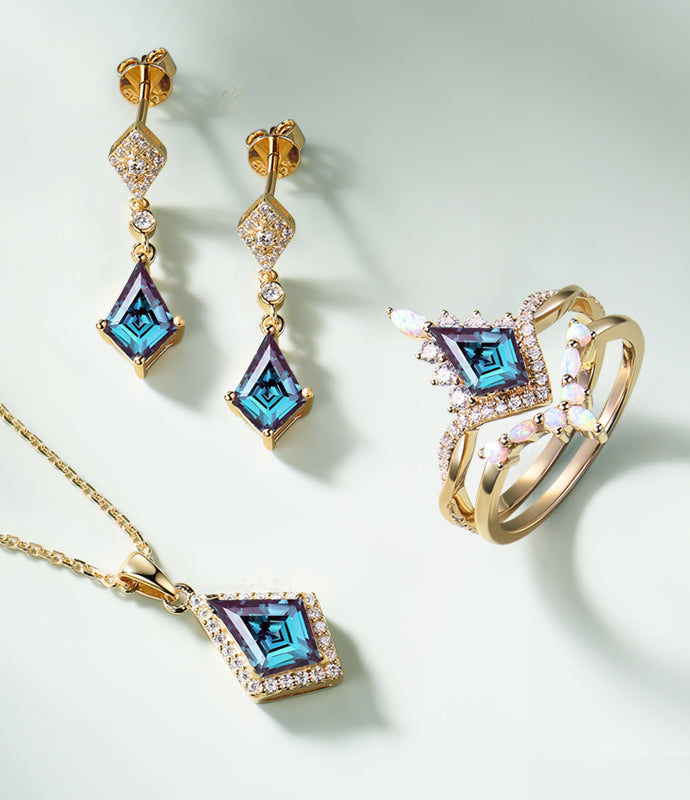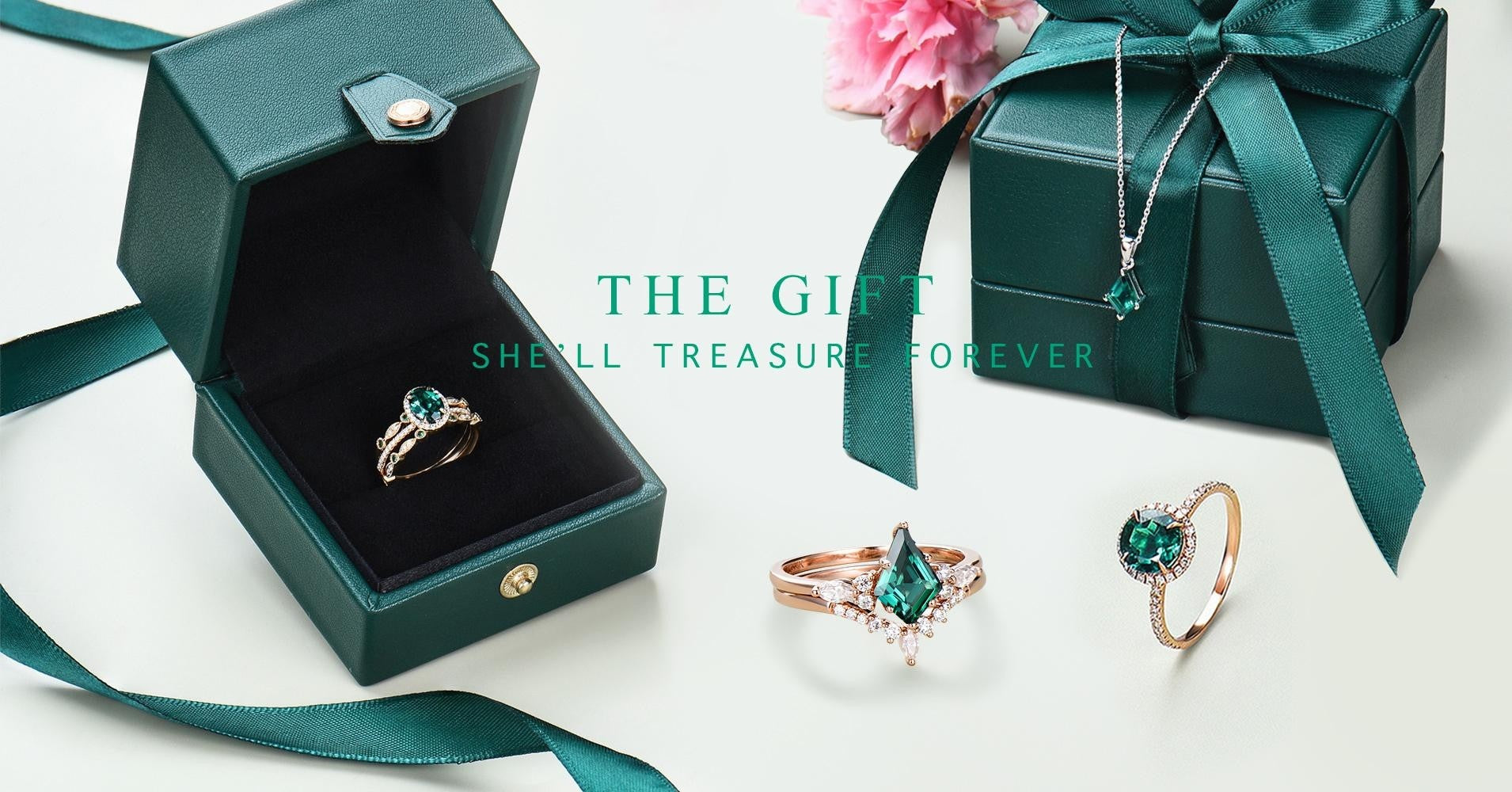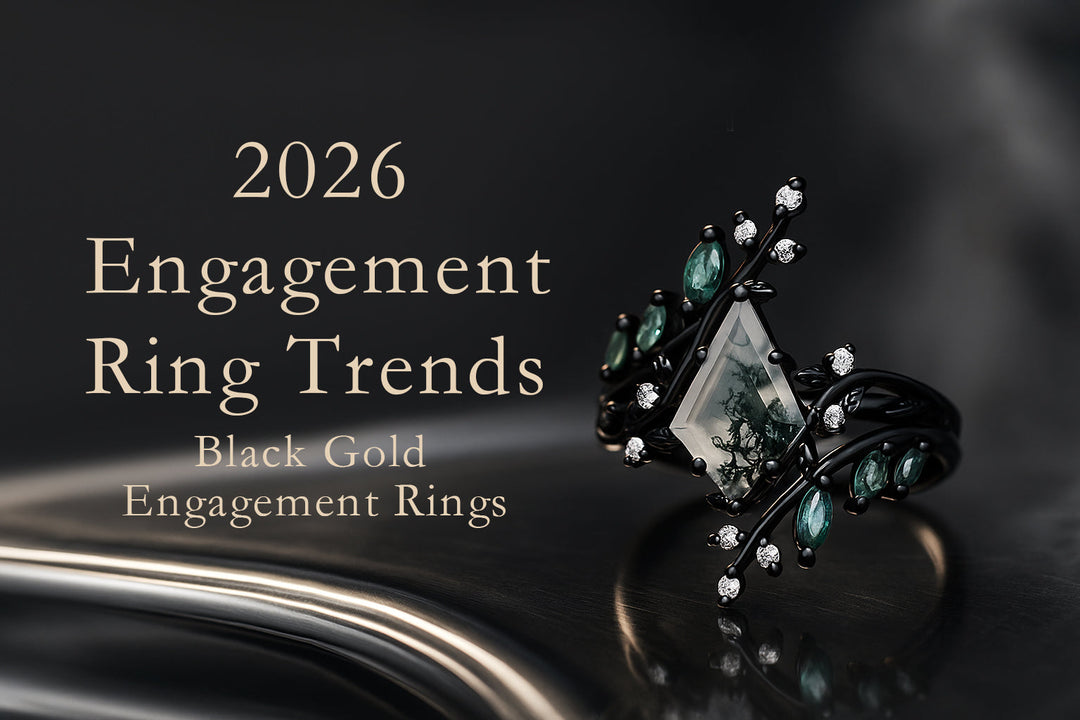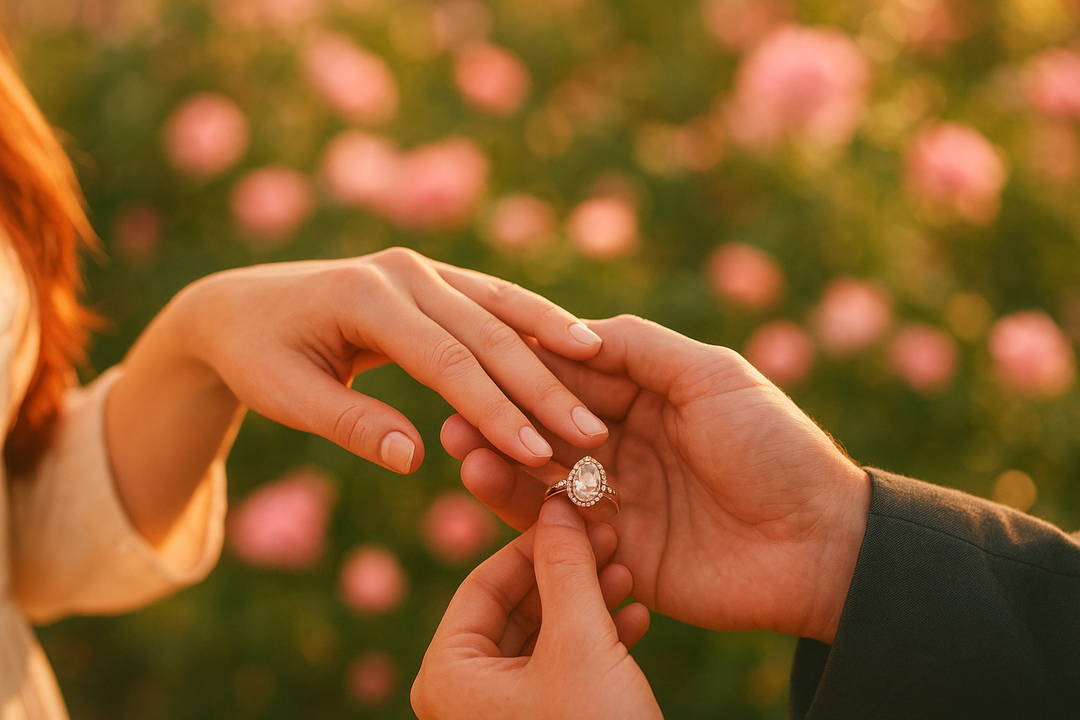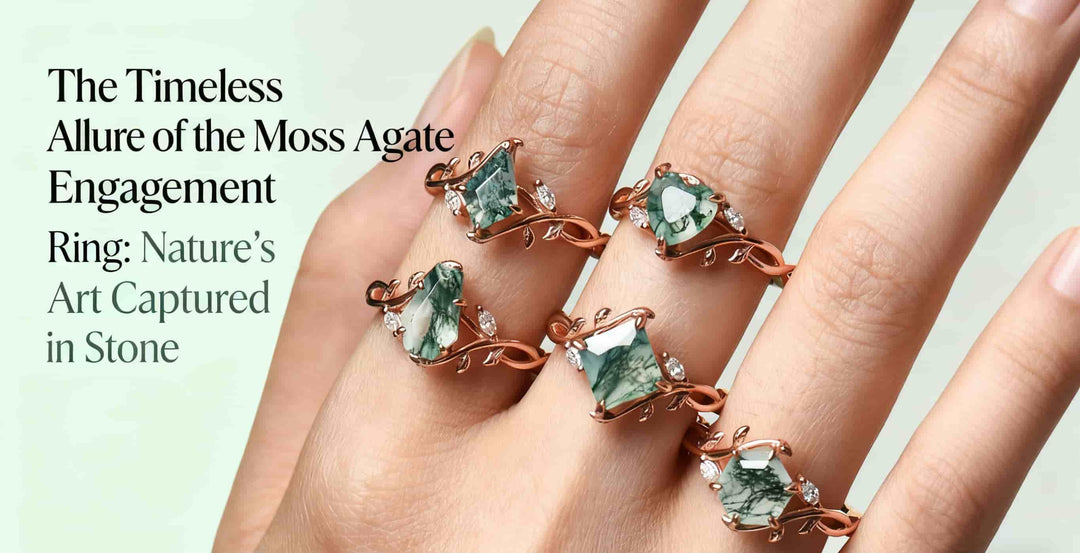Determining the Quality of Blue Sapphires: A Comprehensive Guide
Introducing the enchanting world of blue sapphires, where the mere mention of the color conjures visions of exquisite beauty and royal splendor. Across the ages, these stunning gemstones have captivated hearts, symbolizing love, loyalty, and the timelessness of its power and wisdom. From ancient royalty to modern admirers, blue sapphires have held a coveted place in history, believed by medieval kings to possess protective qualities against adversaries.
In this article, we will uncover the art of assessing blue sapphires by their captivating color. Delve into the expertise of how gemologists and dealers determine Sapphire’s quality, gaining invaluable insights to guide your quest for the perfect blue sapphire investment, whether for yourself or a cherished loved one.
Why Does Color Matter?
Let's kick off with a fundamental question: Why does color matter? Well, when it comes to gemstones, color reigns supreme as the most crucial characteristic, after all, that’s what draws us in first. Simply put, the value of a colored gemstone hinges primarily on its hue.
The richer and more vibrant the color, the greater it's worth in the market. Cut and clarity, while important, play a secondary role. Even in the upper levels of the gemstone world, color takes center stage. It's all about color, color, and more color.
Interestingly, this stands in stark contrast to diamonds. Unlike colored gemstones, a diamond's most prized attribute is its brilliant sparkle, not its color. For the vast majority of diamond enthusiasts, colorlessness is key. This is why many are drawn to diamonds for their mesmerizing brilliance, which is achieved through expert cutting techniques that maximize symmetry and precision. So when it comes to diamonds, assessing the symmetry of the cut takes precedence over evaluating color.
Blue Sapphire And How To Colour Grade Them.
When it comes to grading the color of a blue sapphire—or any colored gemstone, for that matter—we carefully scrutinize three key features:
- Hue
- Saturation
- Tone
- Hue
Let's take a look at hue first. This involves identifying the stone's primary and, if applicable, secondary colors. Now, you might think this sounds straightforward, but it's actually quite nuanced. Achieving expertise in discerning hues takes time and exposure to countless gemstones—an endeavor that gem dealers undertake year after year to hone their skills.
Blue sapphire, much like ruby, belongs to the category of primary color gemstones. Therefore, the purity of its primary blue hue is paramount in determining its quality. Essentially, the more vivid and intense the blue, the more esteemed the stone is among experts.
However, the reality is seldom so straightforward. Pure hues are rare in nature, with most colored stones exhibiting some degree of color blending. Thus, experts meticulously assess a stone's primary and secondary colors to gauge its overall quality.
In practice, a top-quality blue sapphire typically exhibits the following characteristics:
- A primary blue hue comprising approximately 85-90% of the stone's coloration.
- A secondary purplish hue, if present, comprising no more than 10-15% of the stone's color profile.
- Sizzling Saturation
Let's turn up the heat with saturation. This aspect measures the intensity of the hue, and the hotter, the better. We're talking about vibrant colors that pop—no room for dullness here. Any hints of grey or brown dulling the brilliance? Not on our watch. These subtle undertones can dim the color's radiance, especially in blue sapphires where grey is the usual suspect, known as the "saturation modifier." Even a hint of grey can give a blue sapphire an icy or slightly "steely" vibe, robbing it of its natural warmth.
Now, here's where things get interesting. Ever heard blue described as warm? It may sound counterintuitive, given that we often associate blue with coolness. But when it comes to pure hues, including blue, warmth abounds. Picture a velvety, inviting blue—not cold or austere, but rich and inviting.
If you've never encountered a top-notch blue sapphire, you're not alone. Many Westerners are familiar with lackluster specimens—either overly dark or tinged with grey—that fail to capture the gem's true allure. In fact, some might even describe these stones as dusty or old-fashioned.
But let’s set the record straight: true blue sapphires—those boasting intense, vivid hues—are anything but dull or conservative. These gems command attention, making a bold, fashion-forward statement that defies convention.
- Toning
Now, let's talk tone. This aspect delves into the presence of darkness within the stone—a key indicator of quality. A top-notch sapphire should boast a rich, dark tone, ideally accounting for 70-80% of its overall appearance.
But wait, there's more! In addition to the essential trio of hue, saturation, and tone, some sapphire aficionados have additional preferences.
There is a raging debate over secondary hues. Some enthusiasts favor a distinct purplish undertone, believing it lends a luxurious "velvety richness" to the blue. On the flip side, others opt for a purer, more "open" blue with a slightly lighter tone, hovering around the 75% mark. Regardless of personal preference, one thing remains clear: green hues should always be a no-go in blue sapphires. Any hint of green not only diminishes the stone's allure but also sends its price plummeting into the realm of commercial-grade specimens.
Conclusion
Understanding the nuances of color, saturation, and tone is essential in determining a sapphire's quality. From the richness of its primary blue hue to the intensity of its saturation and the depth of its tone, each aspect contributes to the stone's allure and value. As you embark on your search for the perfect blue sapphire, may this comprehensive guide serve as your compass, guiding you to the gemstone of your dreams. Best of luck!




